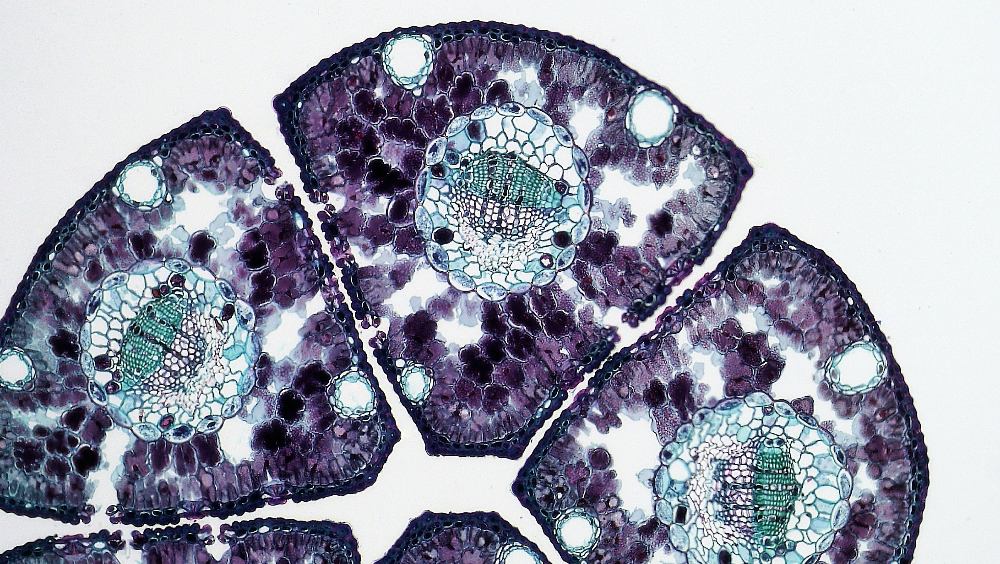Synthetic cell regeneration is now possible with breakthrough discovery.
At the University of California South Francisco (UCSF), researchers have made a breakthrough in regenerative medicine by re-engineering molecules that act as “cellular glue,” allowing for cells to bind together. This discovery can help to heal wounds, regrow nerves and regenerate tissue. Researchers can direct exactly how they react and work with the glue with precision, allowing them to use the product to build tissue and organs.
“We were able to engineer cells in a manner that allows us to control which cells they interact with, and also to control the nature of that interaction,“ said senior author Wendell Lim, PhD, director of UCSF’s Cell Design Institute. “This opens the door to building novel structures like tissues and organs.”
Adam Stevens, PhD, the Hartz Fellow in the Cell Design Institute and the first author of the paper added, “It’s very exciting that we now understand much more about how evolution may have started building bodies. Our work reveals a flexible molecular adhesion code that determines which cells will interact, and in what way. Now that we are starting to understand it, we can harness this code to direct how cells assemble into tissues and organs. These tools could be really transformative.”

If researchers and scientists can use these molecules to create novel structures like tissue and organs, the medical technology can be used to repair damage patients have sustained to the body and replace organs that have become too damaged for the body to use.
Adhesive molecules are already found throughout the body creating the structures people need to be alive. The cellular “glue” formulated by researchers acts like these adhesive molecules and can regenerate the communication between cells, mimicking the naturally occurring process. Cells bound together tightly represent organs in the body whereas the immune system has cells that are loosely bound together. The “glue” can either tightly or loosely bind cells.
Researchers wanted to guarantee consistent quality among these engineered molecules. This has led them to design the cellular “glue” in two parts. One part focuses on the receptor located on the outside of a cell. This receptor determines how other cells will react to the molecule. The second part is located inside the cell and controls the bonding strength the cell has. This will determine whether the two cells bind together tight for organ regeneration or looser for immune system regeneration. Phasing the production of their glue allows scientists to closely observe the process, controlling what the cells bind to and how strongly they are bound together. This makes the possibilities vast for what this cellular “glue” can do for patient s.
Not only will this discovery help scientists and doctors help patients repair body tissues, organs and nerves by replacing the damaged cells in their bodies, but it will also help with further development of simulation organs and tissues can be created with these engineered molecules. Further advancements in science will likely expand on the usefulness of this newly discovered binder and only time will tell how many uses this glue will have in the future.
Sources:
Programming Multicellular Assembly with Synthetic Cell Adhesion Molecules
Cellular ‘glue’ to regenerate tissues, heal wounds, regrow nerves


Join the conversation!